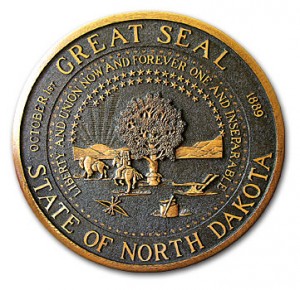
The United States Census produces massive amounts of data that can be combed through to learn more about our population and how it changes over time. In her piece for US News, Danielle Kurtzleben highlights some of the major findings from the latest Census data release.
Depending on the way you look at it, Asians or Hispanics (or both!) were the fastest growing population in the United States from 2011-2012. Hispanics had the largest growth in terms of population numbers, while Asians saw the largest rate of population growth each year. Meanwhile, the white birthrate was very low. More white people died than were born, and the population would have seen a net decrease if not for immigration. Further, among the elderly (over 80 years old), nearly 80% were white. The majority of children under age two are now minorities.
And then there’s North Dakota. An outlier in the data, the “upper Dakota” is actually getting younger. It is also majority male and has the fastest growing Hispanic population in the nation. All of this is largely a result of the state’s booming oil and gas industry, coupled with its relatively low past population (increases seem bigger when they’re building on a smaller population base). The new oil rush has also shored up North Dakota’s shockingly low unemployment rate of just 3.3%. For over a century, the Census has shown a nation in flux, but right now, it’s solid old North Dakota that’s hardest to pin down.

Comments 1
Friday Roundup: June 21, 2013 » The Editors' Desk — June 21, 2013
[...] “National Numbers and North Dakota,” by Andrew Wiebe. My homeland continues to be the odd duck. [...]